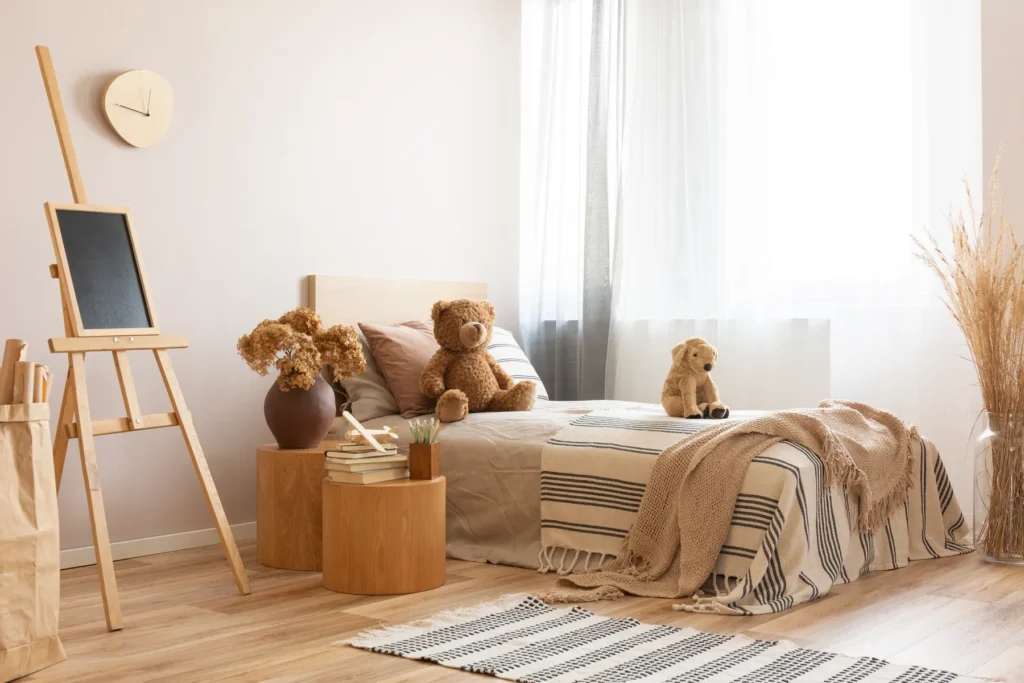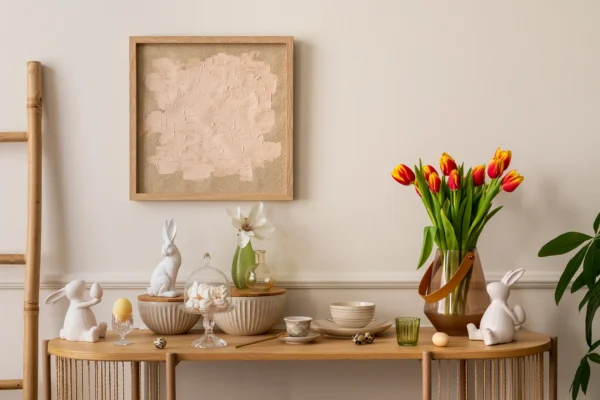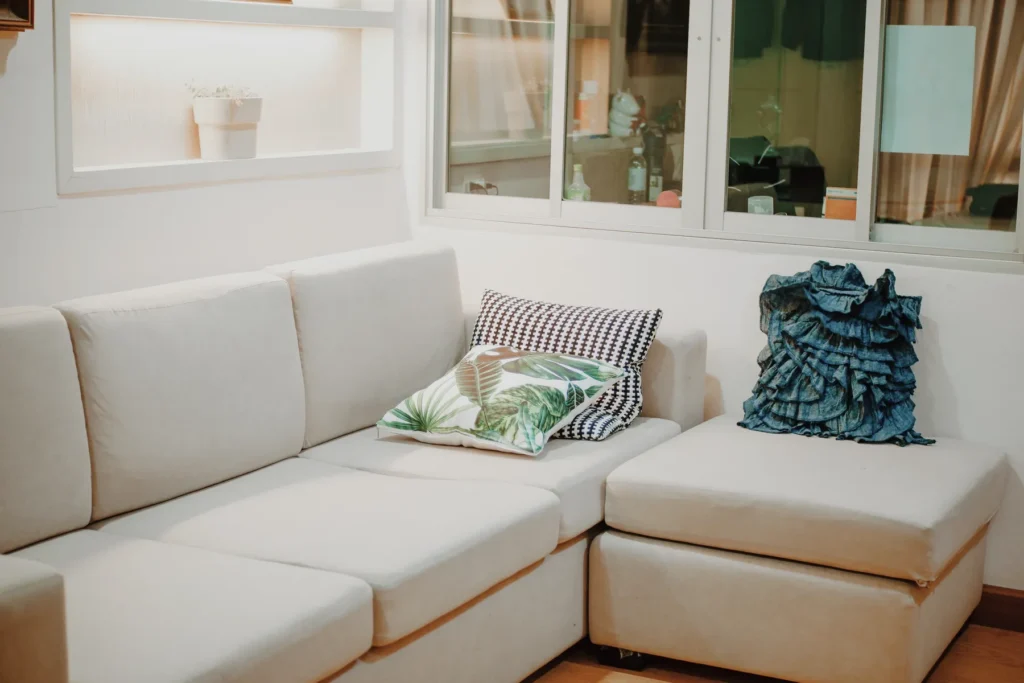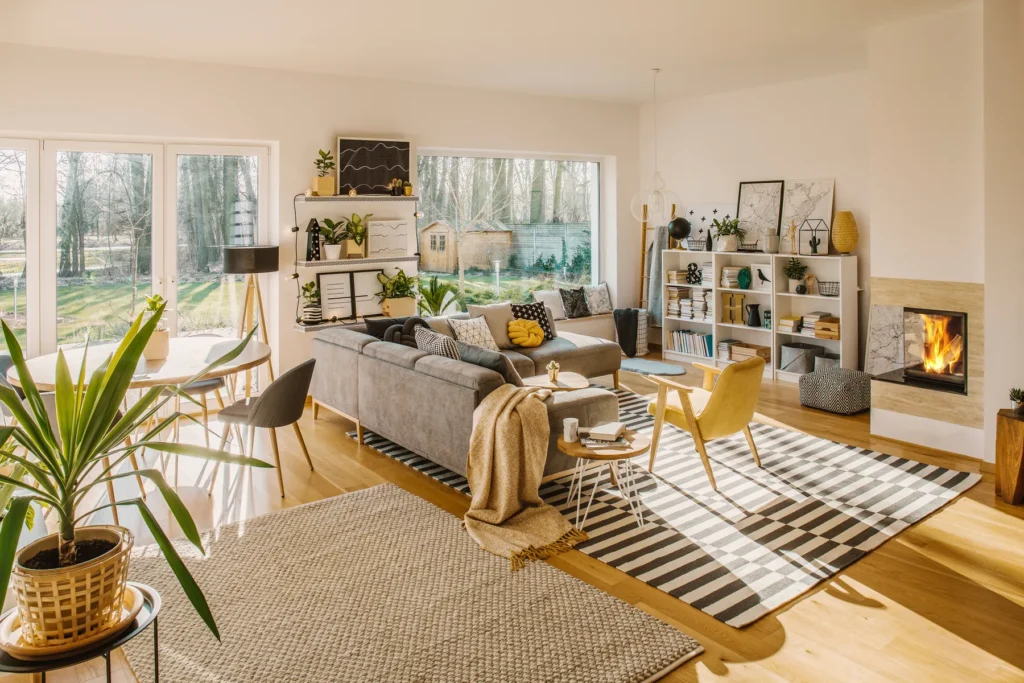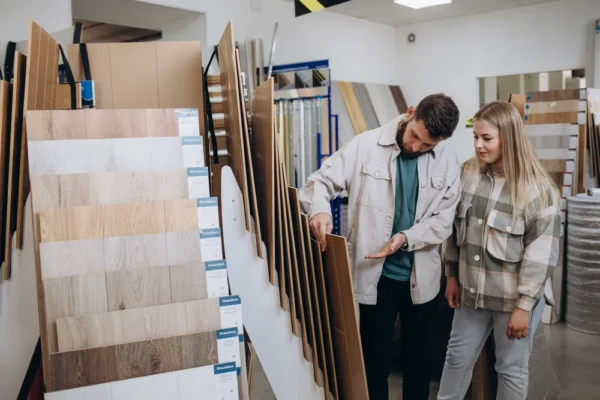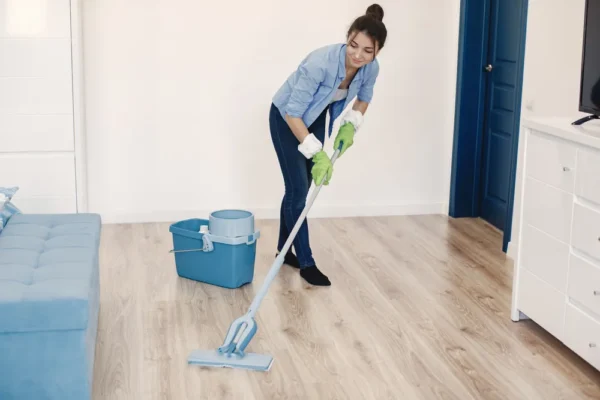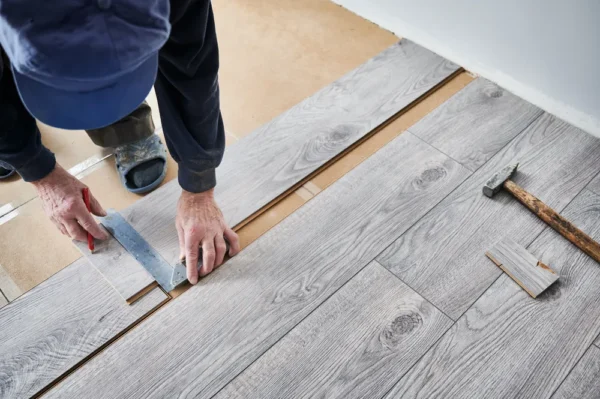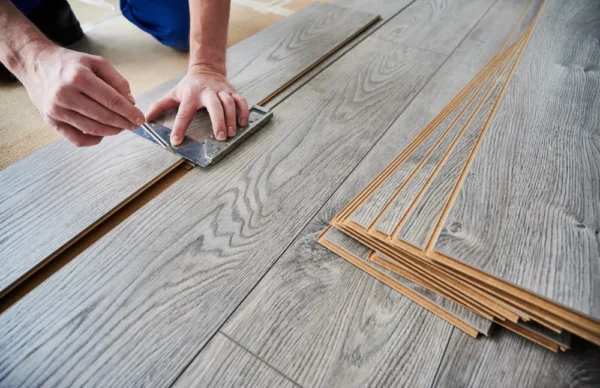Definition of a Stuffy Room
Within the domain of indoor environments, the term “stuffy room” denotes an area marked by inadequate ventilation, resulting in the perception of inert and stable air. This condition frequently develops when inadequate ventilation to recirculate indoor air adequately accumulates contaminants and unpleasant aromas.
Read Out our latest blog on How to Store Toys in the Living Room
Importance of Fresh Air in Indoor Spaces
Having fresh air inside is very important for keeping things healthy and cozy. It gives you oxygen and helps lower indoor pollutants like volatile organic compounds (VOCs), airborne germs, and too much humidity. People need to be healthy and productive in homes and businesses to have enough airflow and fresh air flow.
Overview of the Benefits of Reducing Stuffiness
Many benefits come from making indoor places stuffy, from better air quality to more comfort and well-being. People can experience the following benefits by fixing ventilation problems and using methods to make more airflow:
- Enhanced Air Quality: Getting rid of stuffiness lowers the concentration of indoor pollutants, making the air cleaner and better for people to breathe.
- Improved Comfort: Good ventilation in a room keeps the temperature comfortable by keeping out extra heat and moisture, making the room more pleasant.
- Increased Productivity: Studies have shown that good ventilation and access to fresh air can help people think more clearly and be more productive in the workplace.
- Reduced Health Risks: When it’s stuffy inside, bad indoor air quality can worsen breathing problems, allergies, and other health problems. Taking care of problems with airflow can help lower these risks.
- Odor Control: Enough airflow helps eliminate smells that aren’t nice, like cooking smells, pet dander, or tobacco smoke, which improves the quality of the air inside and makes it more comfortable.
Understanding the Causes of Stuffy Rooms
Lack of Ventilation
- Not enough airflow:One of the main reasons rooms get hot is that they need more ventilation. If there isn’t enough airflow, indoor pollutants build up, making the environment stagnant.
- Closed windows and doors:Airflow is limited when windows and doors are shut, making it harder for fresh air to come in and contaminants to leave the room.
Excess Humidity
- Wetness buildup:High humidity levels make it feel stuffy because they keep wetness inside. Mold and mildew can grow in this damp place, worsening air quality problems.
- Lack of moisture control:Humidity levels can rise quickly when more than air or moisture control is needed. This can be uncomfortable and help allergens spread.
Accumulation of Dust and Allergens
- Dust buildup:As dust builds up, it settles on objects and in the air, making it stuffy and causing allergic reactions.
- Allergen retention: Things like pet hair, pollen, and dust mites can live in stuffy rooms, making breathing problems worse and lowering the quality of the air inside.
Presence of Pollutants and Odors
- Indoor pollutants: Common indoor pollutants, such as volatile organic compounds (VOCs) from paints, furniture, and home cleaners, can build up in rooms that don’t have enough airflow, making them feel stuffy.
- Lingering smells: Bad smells from cooking, smoking, or household tasks can stay in small areas for a long time, making people uncomfortable and lowering the air quality inside.
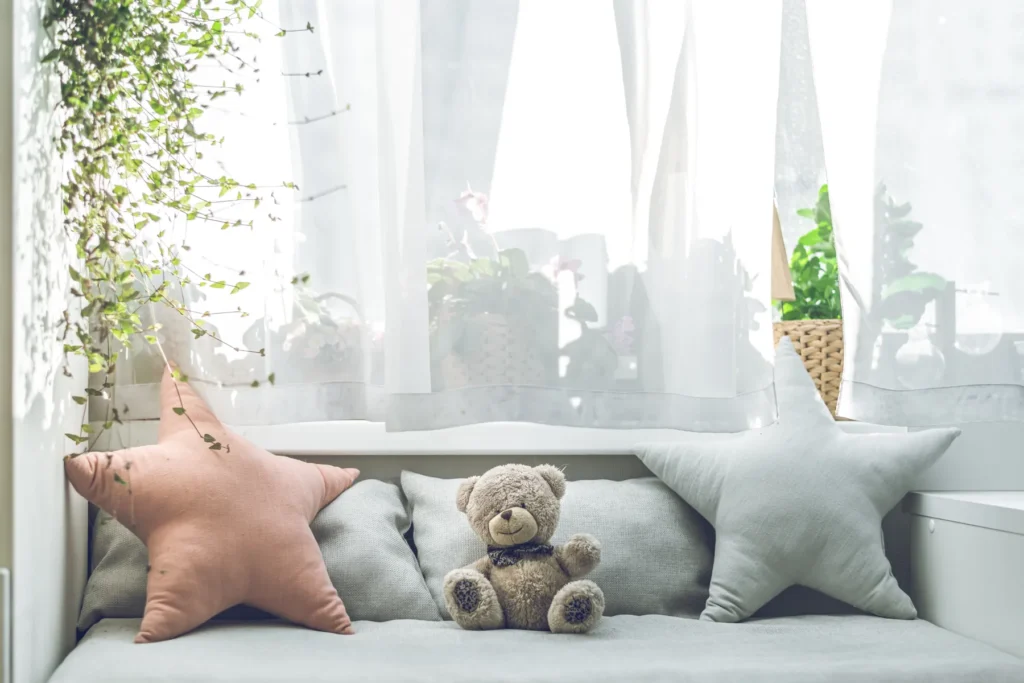
Strategies to Improve Air Circulation
Open Windows and Doors Strategically
- Optimize cross-ventilation: Open doors and windows on different sides of the room to get the most cross-ventilation. This will let fresh air flow through.
- Time it right: If you want to air out the room without sacrificing warmth, do it when it’s cooler outside, like early in the morning or late at night.
Utilize Fans and Ceiling Fans
- Enhance airflow: To improve airflow, place portable fans in key places to move air around and make some areas less stuffy.
- Harness ceiling fans:When you install and use ceiling fans, they successfully move air around the room, making it more comfortable.
Install an Air Purifier or Filtration System
- Filter indoor air:Buy a good air filter or filtration system to get rid of allergens, pollutants, and bad smells in the air, which will improve the air quality inside your home.
- Consider HEPA filters: Choose air purifiers with High-Efficiency Particulate Air (HEPA) filters. These can catch tiny particles and make the air cleaner overall.
Arrange Furniture for Better Airflow
- Optimize layout:Arrange the furniture so that air can move freely and air vents and windows don’t get blocked.
- Create pathways:Keep the paths in the room clear to get air moving and keep air from getting stuck in one place.
Managing Humidity Levels
Use a Dehumidifier in Damp Areas
- Combat moisture: Use a dehumidifier to get rid of extra wetness in the air in places that tend to have high humidity, like basements, bathrooms, and laundry rooms.
- Prevent mold and mildew: You can stop mold and mildew from growing by controlling the humidity level. Mold and mildew like damp places can make home air quality problems worse.
Employ Natural Methods Like Houseplants
- Harness natural air purifiers: Bring in flowers that are known to clean the air, like peace lilies or spider plants, to help control the humidity and make the air better.
- Enhance aesthetics: Furthermore, houseplants not only add growth and beauty to rooms inside, but they also naturally remove moisture from the air through transpiration.
Ventilate Bathrooms and Kitchens Adequately
- Prioritize ventilation: Bathrooms and kitchens tend to get damp, so make sure they have enough airflow by using exhaust fans or opening windows before and after activities that make steam or humidity.
- Reduce condensation: Enough air flow keeps surfaces from condensing, which stops moisture buildup and problems like mold growth and water damage.
Check for and Fix Any Leaks or Water Damage
- Conduct regular inspections: Check roofs, plumbing systems, and other places that could leak or cause water damage regularly to find problems quickly and fix them.
- Address leaks right away: Fix any leaks or water damage right away to keep water from building up and causing mold growth, structural damage, and problems with the air quality inside.
Eliminating Dust and Allergens
Regular Dusting and Vacuuming
- Maintain cleanliness: As part of your normal cleaning routine, dust and vacuum surfaces and floors to get rid of dust and allergens.
- Focus on key areas: Pay extra attention to places that people often forget to clean, like corners, upholstery, and the space behind furniture where things get put away.
Wash Bedding and Curtains Frequently
- Reduce allergen buildup: Every week, wash your sheets, blankets, and duvet covers in hot water to get rid of dust mites and other allergens.
- Clean curtains and drapes: Regularly washing curtains and drapes will keep them from collecting dust and exposing you to fewer allergens.
Keep Pets Clean and Groomed
- Pet hygiene: Regularly bathing your pet will cut down on hair and allergens, and brushing them outside will cut down on shedding inside.
- Create pet-free zones: Set aside areas of the house, like beds, as pet-free zones to reduce the amount of allergens that people are exposed to while they sleep.
Consider Hypoallergenic Bedding and Furnishings
- Opt for hypoallergenic materials: Choose bedding and furnishings made from hypoallergenic materials such as cotton or microfiber to minimize allergen retention.
- Invest in allergen-proof covers: Use allergen-proof covers for mattresses, pillows, and upholstered furniture to create a barrier against dust mites and other allergens.
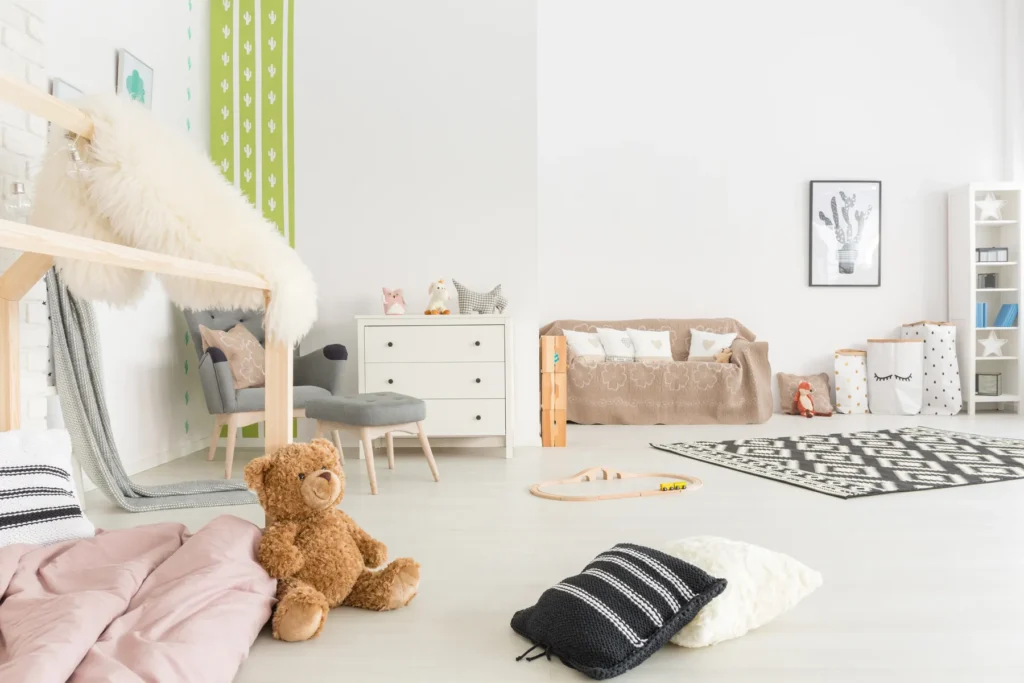
Incorporating Indoor Plants
Benefits of Indoor Plants for Air Quality
- Natural air cleaners: Indoor plants are very important for cleaning the air because they take in pollution and give off oxygen through photosynthesis.
- Toxins removal: Some plants are very good at filtering out dangerous airborne toxins like benzene, formaldehyde, and trichloroethylene.
- Improving health: Research has shown that having plants inside can lower stress, improve mood, and improve general health by making the space feel calm and refreshed.
Low-Maintenance Plants Suitable for Indoor Spaces
- Snake Plant, also called Sansevieria, is known for cleaning the air and doing well in low light, which makes it perfect for indoor spaces.
- Peace Lily (Spathiphyllum): This plant can be used for many things. Its beautiful white flowers clean the air and make rooms look better.
- Spider Plant (Chlorophytum comosum): This plant is popular for use indoors because it is easy to take care of and good at cleaning the air of formaldehyde and xylene.
- Pothos (Epipremnum aureum): This plant has trailing roots and doesn’t need much care, so it’s great for adding greenery to rooms and making the air better.
Placement Considerations for Optimal Air Purification
- Place plants strategically: Indoor plants should be placed in places with enough natural light and airflow to help them grow and clean the air.
- Put plants together: Group indoor plants together to get the most out of their ability to clean the air and make the room look better.
- Rotate plants often: Indoor plants should be rotated every so often to make sure they get equal light and help them grow evenly.
Conclusion
Recap of Strategies to Make a Room Less Stuffy
- Enhance air circulation by opening windows strategically and utilizing fans.
- Manage humidity levels with dehumidifiers, natural methods, and proper ventilation.
- Eliminate dust and allergens through regular cleaning and hypoallergenic furnishings.
- Incorporate indoor plants for natural air purification and a refreshing atmosphere.
Importance of Maintaining a Healthy Indoor Environment
- A healthy indoor environment is essential for overall well-being, as we spend a significant portion of our time indoors.
- Poor indoor air quality can lead to respiratory issues, allergies, and discomfort, impacting our health and productivity.
- Implementing strategies to reduce stuffiness and improve air quality contributes to a healthier lifestyle and enhances the comfort of our living spaces.
Encouragement to Implement These Tips for a Fresher Living Space
- Take proactive steps to create a fresher, more breathable living space by implementing the strategies outlined.
- Prioritize the well-being of yourself and your loved ones by maintaining optimal indoor air quality and reducing stuffiness.
- Embrace these tips as part of your routine to enjoy the benefits of a healthier and more comfortable indoor environment.

